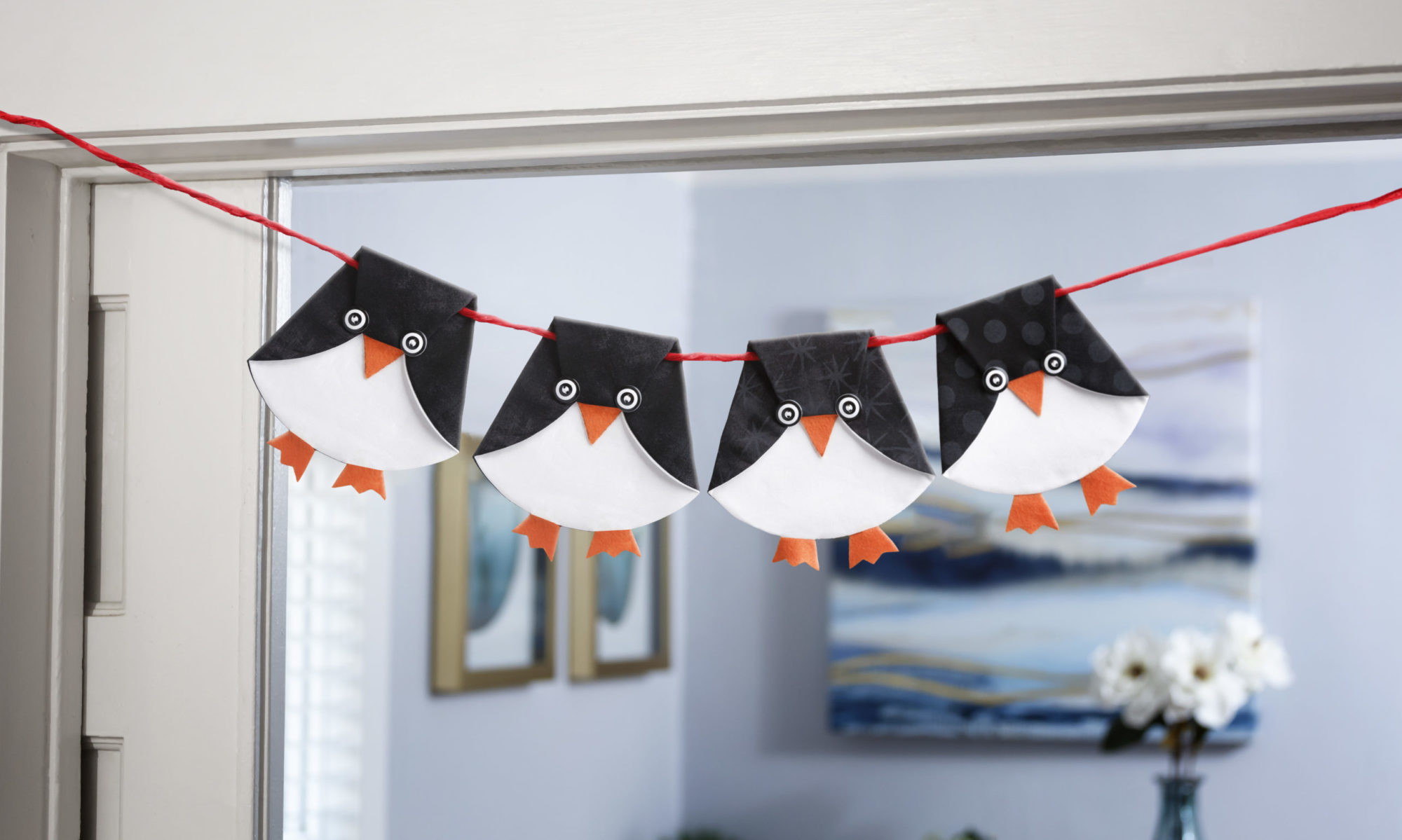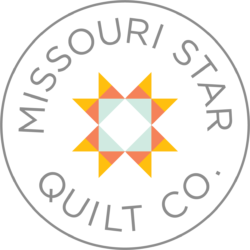During a recent Facebook Live video, we taught a simple technique for gathering fabric. It’s great if you don’t have a lot of time (or patience). You also have the option to find a gathering foot for your machine, but this way is my favorite! We featured a cute project we came up with just in time for Independence Day, so here are the step by step instructions to make it!

Let’s start with the fun part! Pick your fabric! We used fabrics from Freedom by Sweetwater for Moda (Picnic Apple Red Yardage and Bandana Vanilla Yardage) and Lost and Found America by Jen Allyson for Riley Blake Designs (Americana Mini Stars Blue Yardage)
You will need 1/4 yard of Blue, 3/4 yard of white, and 3/4 yard of red.

Additional Supplies:
- 1 Fat Quarter (I used a neutral color that blends with my fabric choices)
- Thread (& Sewing Machine)
- Pins/Wonder Clips
- Heavy Weight Thread (12wt would work great) or String or Dental Floss or Fishing Line (whatever you prefer)
- Ruler/Cutting Mat/Rotary Cutter
- Hot Iron
First, you will start by cutting your fabrics into 3.5″ strips! You need 7 red, 6 white, and 2 blue.

Set aside your red and white strips, and grab the blue strips. Stack the 2 strips and cut them them into thirds, so you get 6 strips that are approximately 3.5″ x 14.3″ (this does not have to be exact).

Take 3 of the red strips and 2 of the white. Trim off 14 inches from each strip. These will be the first 5 strips at the top of the project to show the stars and first 5 stripes. Put them right sides together and sew a 1/4″ seam to attach the 2 fabrics. Press the seams open (as pictured below).

Fold in about 1/4″ on each end and press (as shown).

At this point, you would fold the fabric in half lengthwise and press so the right side is facing out. At that point you will have 5 strips that look like this.

Repeat the previous step with the remaining red and white strips, so that they are all folded lengthwise with the raw edges folded in.
Once all of your strips are prepped like in the photo above, it’s time to add a top stitch to the ends! This will just give you a clean, finished look, so that your raw edges don’t show! Just like you would do a top stitch, get close to the edge and I like to backstitch for some extra security.

This is where the magic begins! It’s time to begin the gathering process! Set your machine to a loose zig zag (these are my settings).

For this next part, you need some kind of string. I used crochet cotton because I had it on hand, but a heavier thread would be great for this, like this Sulky 12 weight thread! You can also use dental floss, fishing line… anything strong that won’t get caught in your zig zag!

Line up the raw edges of your folded strips so that your zig zag won’t come off the edge, and line up the string with the small center marker on your foot. That will help you keep the string nice and centered, so it doesn’t get caught in your zig zag. You do not need to back stitch! Here’s how it should look.
Tip: Think about which side of your strip is the back and which is the front. If you put the zig zag on the back, it will make it harder for the string to accidentally show on your project!
Then, you just pull on one side of the string and gather your fabric together! It’ll twist and turn at first, but don’t let that worry you! That’s what pins and wonder clips are for! 🙂
Once all of your strips are prepped, you can work on the background fabric. I used a neutral colored fat quarter. Square it up to approximately 16×20. Use your iron to double fold each edge (except the top edge) toward the back. That means, fold 1/4″ inch in and press, then fold over and press a 2nd time. Top stitch over the left, right, and bottom edges (left and right sides first, then the bottom) and this will conceal your raw edges. On the top edge, you’re going to fold your edge toward the front side, press, and stitch down the edge. This will be important at the end, once you’ve stitched down all of your gathered strips.
To space your strips evenly, draw straight lines every 1.25″ starting from the bottom of your base fabric.. This is the line you will use to pin your gathered strips to the base fabric.
Tip: Use wonderclips to anchor the strips on each end, then pull your gather string to get even spacing in your gathering. Pin ever 2-4″. Notice that my gathering string is on the underside of the strip to make sure it’s nice and hidden.

To sew your gathered strips down, you will want to set your machine to a smaller/tighter zig zag than the one we used before. I set my stitch length at a 2 and my zig zag width at a 2.5.

Once you get all your strips sewn on, you will want to take the top loop of your background fabric and loop it forward over the raw edge of your top gathered fabric strip. Pin it in place and stitch over it to finish the top edge and create a loop for hanging your finished project!

























